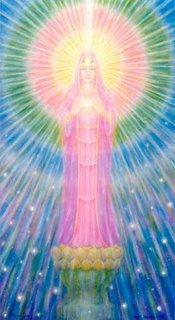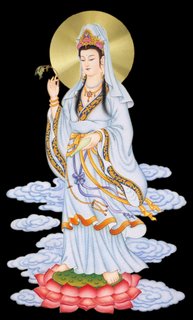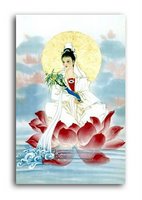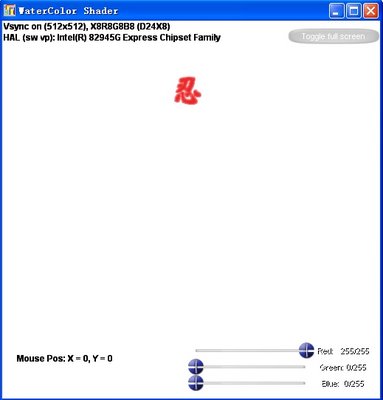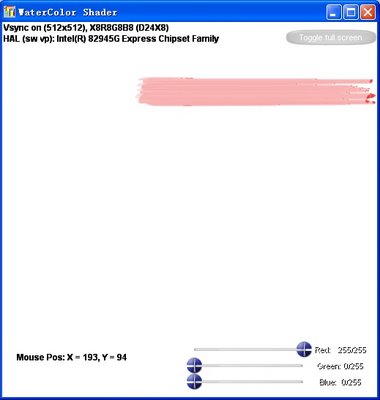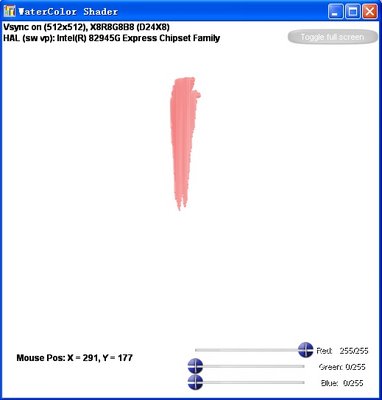From:
Planet GameCube Worldwide Nintendo Coverage 24-7-365Some love it. Some hate it. Why should you care? Read on to find out!
It's been about six months since Miyamoto-san unveiled the infamous new look that would grace The Legend of Zelda. Some loved it, some reviled it and some sat upon the fence. The situation remains much the same today, though now both polarized parties are deeply entrenched within their opinions. However, this editorial has little to do with the notorious change in Zelda, so you haters can put away the nasty e-mail, at least for the moment. Instead, I'd rather talk about the reasons why I think cel-shading is an excellent opportunity to revitalize the gaming industry.
And it all comes down to one word: Style.
I'll admit it now: I'm not a fan of polygons. While I enjoy and love many 3D games, I have never truly liked the sight of polygonal characters. I remember first seeing screenshots and movies of Super Mario64 and thinking "I'm going to pay over 250$ for that?" Of course, when I actually played the game I was totally in awe of the variety of polished gameplay and fell in love with Mario's new adventure. However the same reasons for which I was underwhelmed by Mario's first foray into 3D still apply today. Those I'll get to in a moment.
Let's talk about sprites. Those little 2D caricatures that have been used in games since before there were even consoles. From PONG to the GBA, Sprites have been a mainstay of the gaming industry since its inception. A mere collection of coloured pixels, and yet they managed to convey emotions and atmosphere. I love sprites. They exude a charm, and truly express much more than people give credit. A good example of this is the characters in Grandia. The way Justin will fall flat on his face after being tripped, or how Feena flips her hair back when annoyed. There is life to these motions, something that I can't quite pinpoint. However, sprites must be painstakingly animated frame by frame to make its characters appear larger than life.
On the other hand we have 3D models. No matter how well animated or crafted, 3D models always appear mannequin like, mere dolls. Even with the most sophisticated computer rendering technology, the problems are still there. Look at the models from Biohazard. Perfect in every detail, and yet in gameplay they still look wrong somehow. The S.T.A.R.S. officers look as lifeless as the zombies they're trying to exterminate. Or how about Square's Final Fantasy movie? Both have superbly modeled characters, and yet they look fake, stilted and plastic-like. The animations may be smooth, the graphics flawless, but there's something missing from all that complexity: warmth, life and a soul.
And those are the inherent problems with both styles: Sprites have a warm, personal feeling to them, but they take much time to animate, and they aren't feasible in high quality 3D graphics. Meanwhile 3D models are easily manipulated by computers, yet they're lifeless and "cold."
Where am I taking this? To the technique that has bridged the gap between the two and combines the strengths of either technique: Cel-shading.
At the simplest level, cel-shading takes 3D models and flattens their textures, giving them a hand drawn look. This technique is quite processor intensive, requiring much more power than traditional rendering methods. The first game to use this technique effectively was the DreamCast's Jet Set Radio. Cel-shaded characters glided about in a normally rendered 3D world. What was most impressive wasn't the technical marvel that Sega's team pulled off (and it was quite a feat) but the incredible visual style. Each character looked remarkably like the original artwork, and they animated just as smoothly as you'd expect a 3D model to. The only flaw of course was that the DC did not have the horsepower required to cel-shade the entire game.
Let's look at Zelda again. It is probably one of the most graphically impressive games ever to be produced. Watch the expressions on the Moblin's faces. The way Link's fearful face brightens up into a grin as he gets an idea. The incredible amount of animation. It's like sprites brought to 3D, a full animated feature where you are in control. And of course, cel-shading isn't limited to the cartoony antics of Cel Damage or the whimsical nature of Zelda. Games such as Capcom's upcoming Auto Modellista and Sega's JSRF show that the technique is limited only to the amount of artistic styles there are. More and more games seem to be utilizing the technique too; House of the Dead 3 was surprisingly revealed sporting normal textures, along with cel-shaded elements and the new Robotech video game also has a cel-shaded look, matching its animated roots. Cel-shading is undeniably something we can expect to see more of in future video games.
In an age where games are no longer graphically chained to polygon counts or how many effects are on-screen, art direction becomes all that more important.
Cel-shading is just one of many tools to bring a gameworld to life. While it's not likely that cel-shading will ever become more popular than the realistic 3D look most developers are going for, it's encouraging to see some taking the risk and opting for the more compelling game worlds that cel-shading provides.
Certainly, it helps me sleep at night when I see a chibi Link running around causing trouble instead of being a mindless, lifeless-looking drone cutting a swath of destruction across Hyrule like some braindead zombie.
Pierre est le brun poisson! Sing to Pierre!
Zosha Arushan, Staff Writer























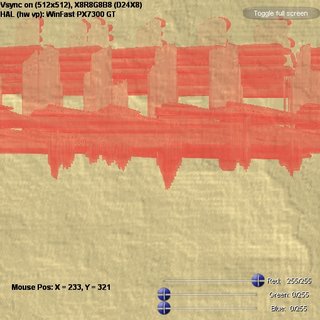

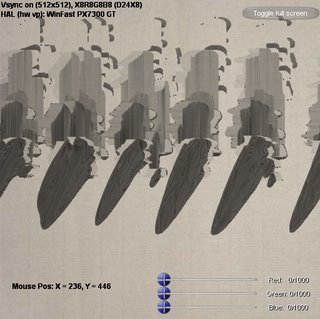
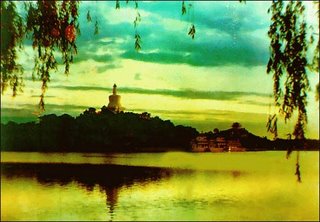 Western, and it is famous for its clarity, brightness and illusion.
Western, and it is famous for its clarity, brightness and illusion.